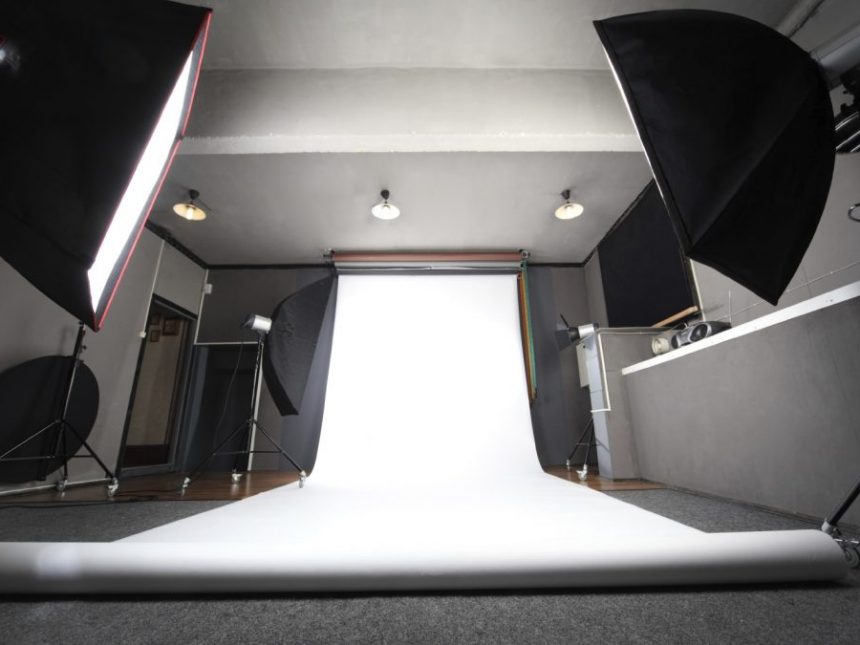For the most part, photography is all about freezing a moment in time, stopping the action in front of you. But there are times when freezing the action fails to show the full story. People move. Often, at high speeds. Sometimes freezing the action fails to pay homage to the speed on display on the field, or the track. Showing speed or motion is less important when shooting individual people in action, because a person in motion flexes muscles, contorts their expressions, creating a compelling image. However, when photographing vehicles, such as in auto racing, the ability to show that speed is paramount. If you use a fast shutter speed to stop the action, a car will simply appear as if it’s parked on the track.
Panning is a simple technique for showing speed, but it requires some practice, and a willingness to experiement a little. First of all, you’ll want to slow your shutter speed way down. Easy enough in poor light, but on a bright sunny day, it becomes a problem. There are a few ways to handle this. First off, lower the ISO on your camera to ISO 100. For panning, I like to set the camera to Shutter Priority mode. This allows me to choose the shutter speed I want, and the camera will then set the proper aperture.If stopping down the aperture and lowering the ISO still don’t give you a slow enough shutter speed, try using a polarizing filter on the lens. A polarizer will lower your exposure by two stops. Another option would be a neutral density filter, which can be found in greater than 2-stop densities when necessary.

A wide angle lens requires a slower shutter speed to create a dramatic panning effect, but with cars moving as fast as those at a NASCAR race, it doesn’t have to be THAT slow! Exposure: 1/40, f/22, ISO 100. EOS 5D Mark II, EF 16-35L II at 35mm.
Your shutter speed will vary dependent on the subject and the speed at which it moves. For an athlete running, it could be as low as 1/15 or 1/20. When shooting auto racing, your shutter speed could be as fast as 1/125. The slower the shutter speed, the greater the illusion of speed will be. You’ll have to match the speed of your subject with your speed of panning the camera as the subject passes. This can take some practice. The best way to practice that I’ve found is to stand on the sidewalk of a busy street and photograph passing cars at various speeds. Set your drive to Continuous shooting and hold the shutter button down to take several exposures of your subject as it passes.
It takes some practice, but try to pay attention to composition when positioning the subject in the frame. When panning, it becomes very easy to focus solely on keeping pace with the subject, to the point that you end up simply placing it in the center of the frame. Use the compositional aids in your camera to help you. If your camera has a grid focusing screen, use that. If not, use the AF points that are etched in the viewfinder.
Lens choice also impacts the way the pan looks. A telephoto lens that compresses perspective will create more dramatic effect than a wide angle will, which means the wide angle lens will require a longer shutter speed to create the same effect as a telephoto. Experiment a bit with both to create different effects.
Add panning to your action repertoire for a different take on motion in your photos!

Exposure: 1/60, f/16, ISO 100. EOS-1D Mark IV, EF 100-400mm f/4-5.6L IS at 210mm.
Showing Speed: Using Panning When Shooting Action By: Rick Berk https://digital-photography-school.com/showing-speed-using-panning-when-shooting-action/


1 Comment
Great content! Super high-quality! Keep it up! 🙂